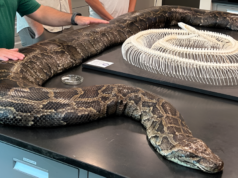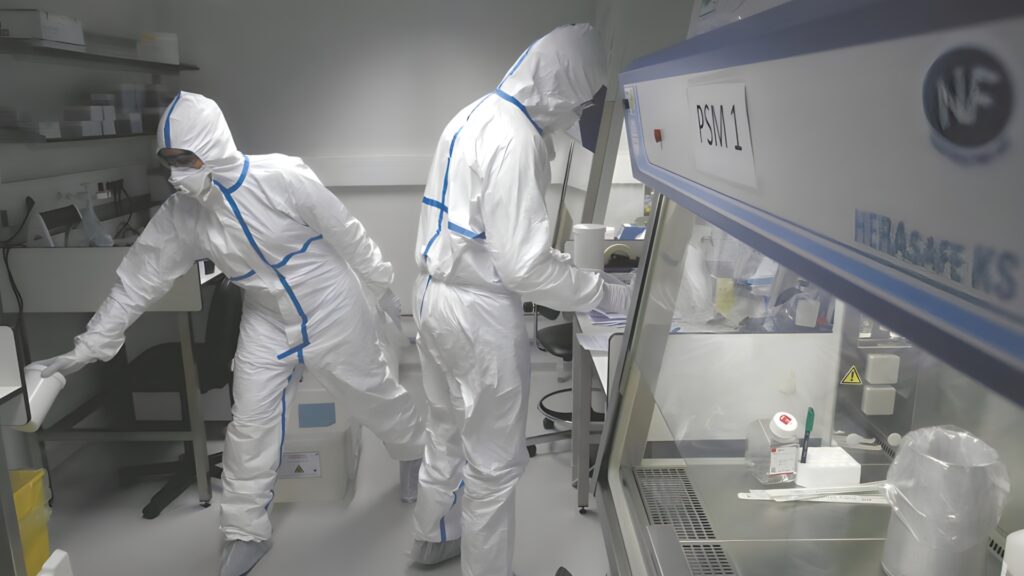
The quest for extraterrestrial life has captivated scientists and the public alike for decades. Recent discoveries, particularly from the asteroid Ryugu, have reignited debates about the potential for alien life on Earth. A team of researchers led by Matthew Genge observed unexpected organic matter in samples retrieved from this asteroid, initially sparking excitement about the possibility of finding alien microorganisms. This article explores the implications of this discovery, the challenges of contamination in space research, and what it means for future explorations.
The Initial Discovery

In November 2022, Matthew Genge, a planetary scientist at Imperial College London, examined a sample from the asteroid Ryugu using a scanning electron microscope. He observed peculiar rod-shaped tendrils of organic matter that had never been seen before. This unexpected finding led him and his colleagues to speculate that they might have discovered alien life brought to Earth via space rock samples collected by Japan’s Hayabusa2 mission.
The Hayabusa2 Mission
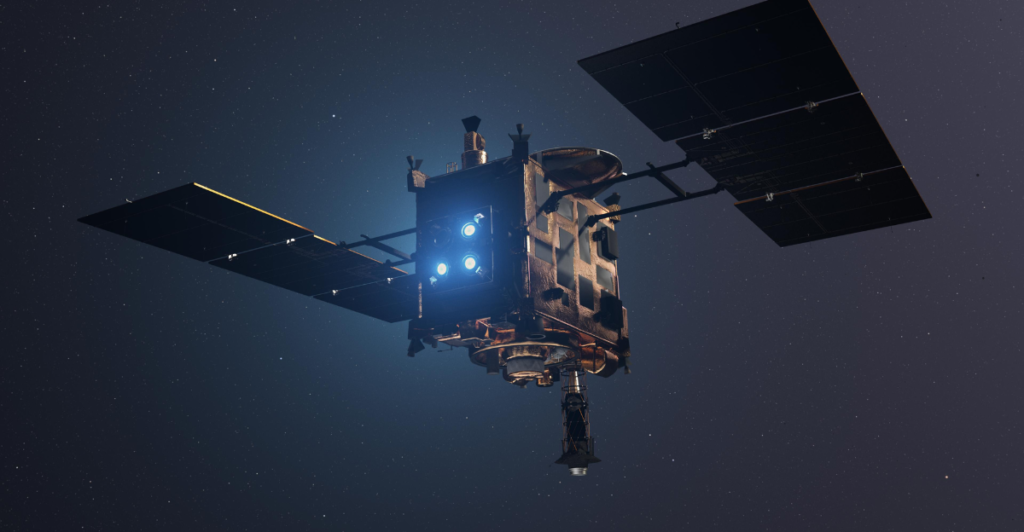
The Hayabusa2 mission, conducted by the Japan Aerospace Exploration Agency (JAXA), successfully collected samples from Ryugu in 2019 and returned them to Earth in an airtight capsule the following year. These samples were meticulously cataloged in clean rooms to prevent contamination before being distributed to researchers worldwide. The excitement surrounding these samples was palpable, as they were expected to provide insights into the origins of life beyond Earth.
The Reality of Contamination

As Genge and his team observed the growth patterns of the microorganisms within the Ryugu sample, they realized that these organisms behaved similarly to terrestrial microbes. They proliferated rapidly in nutrient-rich environments but ultimately succumbed to the intense scrutiny of the scanning electron microscope. This observation led to the conclusion that the microorganisms were likely contaminants from Earth rather than extraterrestrial life forms.
Importance of Rigorous Protocols
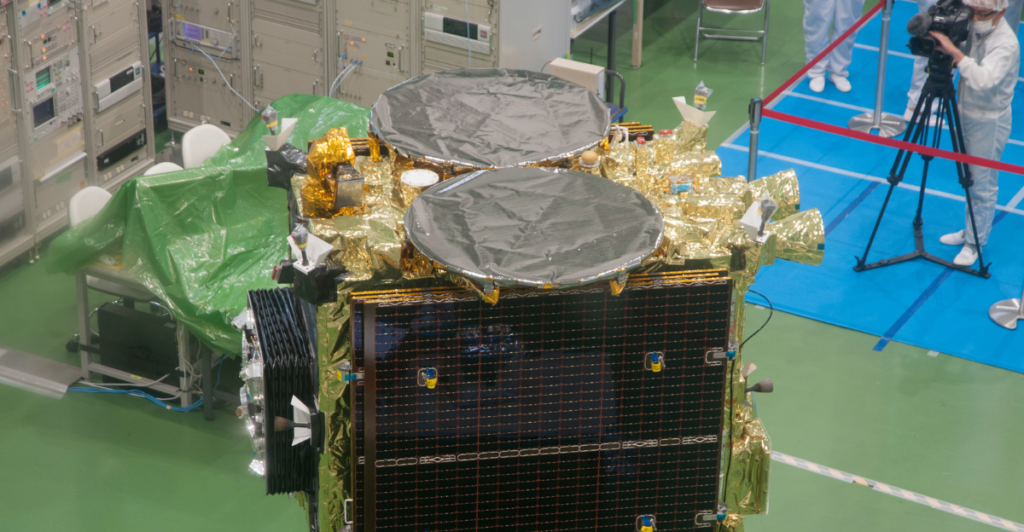
The incident underscores a critical lesson about contamination in space research. Despite stringent protocols designed to avoid earthly contamination, such as sterilization and careful handling, it is nearly impossible to eliminate all risks when working with biological materials on Earth. Astrobiologist Andrew Steele emphasized that this situation illustrates the challenges faced by scientists when handling extraterrestrial samples.
Lessons Learned from Past Missions
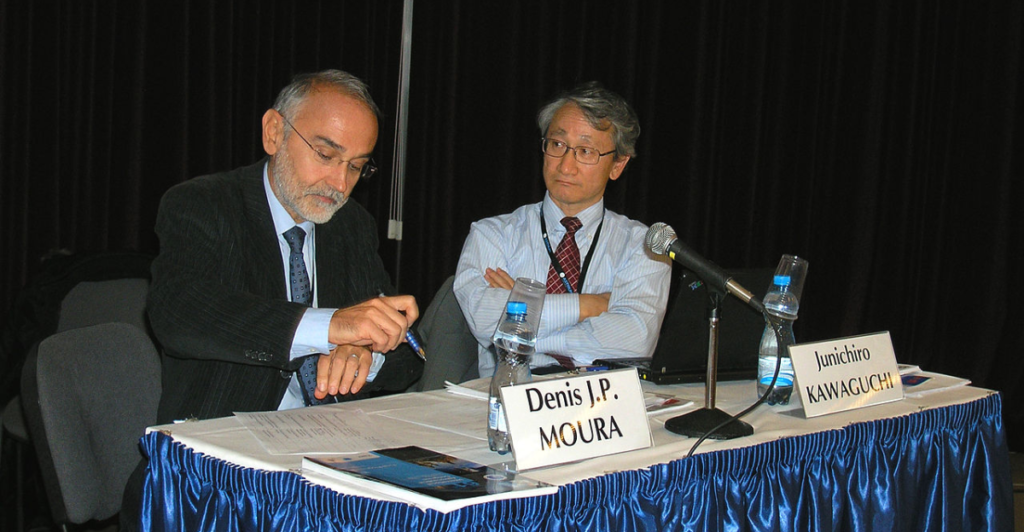
Historically, contamination has been a concern in space exploration. For example, NASA’s Surveyor 3 spacecraft returned bacteria from lunar missions due to inadequate clean-room practices in the 1960s. However, advancements in technology and protocols have significantly improved how scientists handle extraterrestrial samples today.
The Role of Curation

Curation plays a vital role in ensuring the integrity of extraterrestrial samples. JAXA’s Toru Yada highlighted that maintaining high standards during mission development is essential for minimizing contamination risks. While JAXA has robust systems in place, contamination risks increase once samples are distributed to various research institutions lacking similar facilities.
Identifying Microbial Contaminants
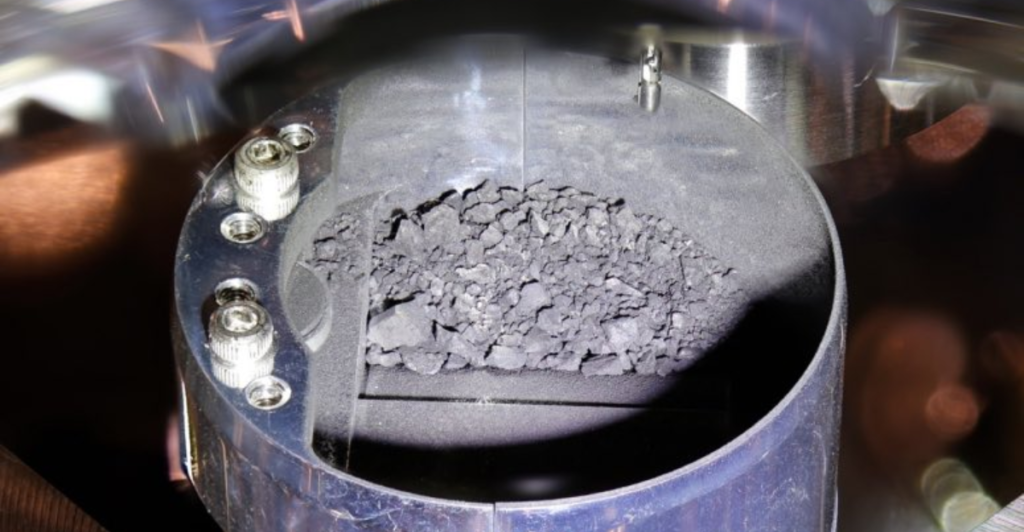
Genge speculated that the rod-shaped filaments found in the Ryugu sample belonged to bacteria from the genus Bacillus, known for their resilience and ability to thrive in extreme environments. However, due to their encapsulation under a carbon coating applied for analysis, DNA testing was not conducted to confirm their identity.
Implications for Future Research

The findings from Ryugu raise important questions about how scientists will interpret potential biosignatures found in future extraterrestrial samples. Astrobiologist Manasvi Lingam cautioned that any structures resembling microfossils must be carefully examined to rule out human-induced contamination.
Challenges Ahead
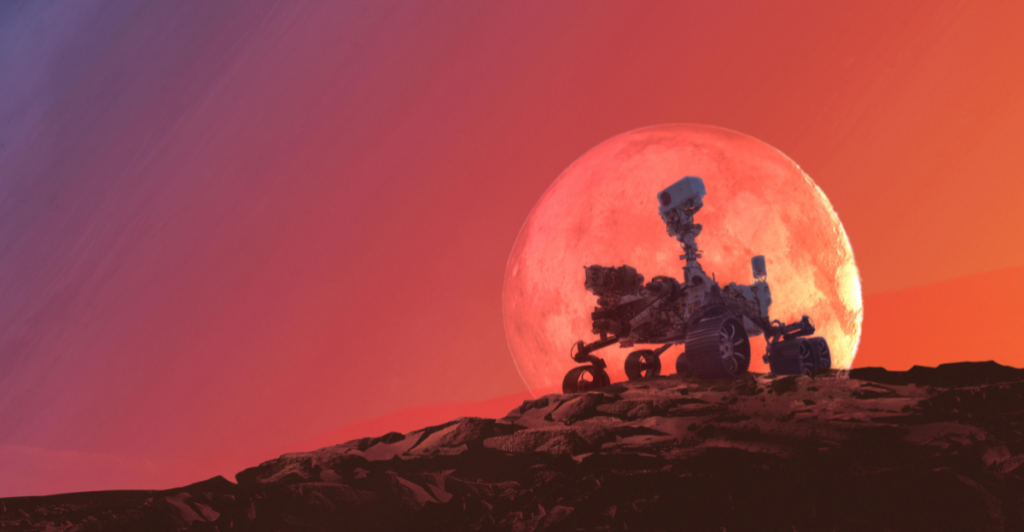
As space agencies like NASA prepare for missions involving Mars Sample Return (MSR), they are implementing enhanced cleaning protocols and sterilization measures. These efforts aim to prevent contamination while allowing researchers to analyze potential biosignatures from Mars effectively.
Moon Missions and Contamination Risks
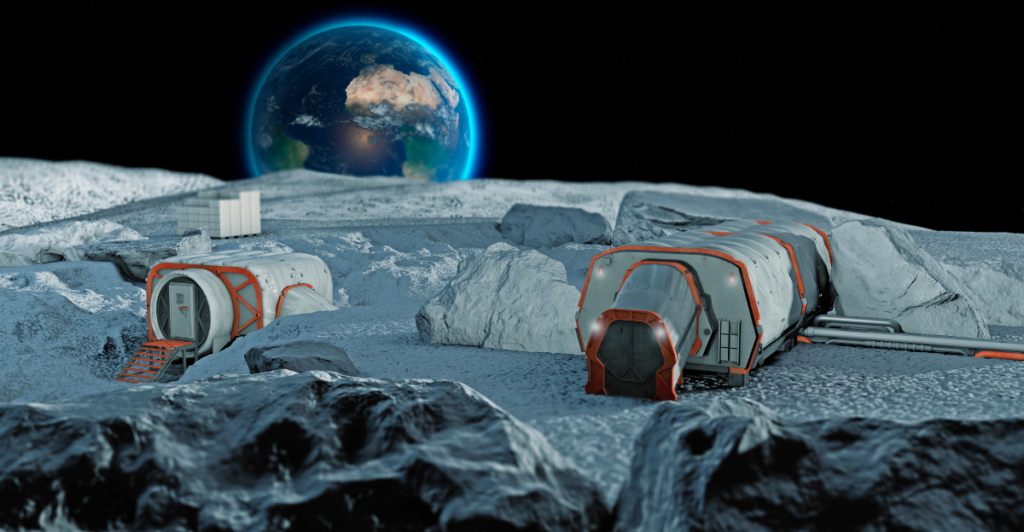
Closer to home, lunar missions like NASA’s Artemis III may face different challenges regarding microbial contamination. While lunar environments are less hospitable for Earth microbes, future sample returns from more favorable regions could present new risks that need careful management.
JAXA’s Future Endeavors

Looking ahead, JAXA is preparing its Martian Moons eXploration (MMX) mission set for 2026. The agency is developing protocols for handling returned samples from Phobos while sharing its curation procedures with global researchers to ensure confidence in scientific results.
Critical Lessons
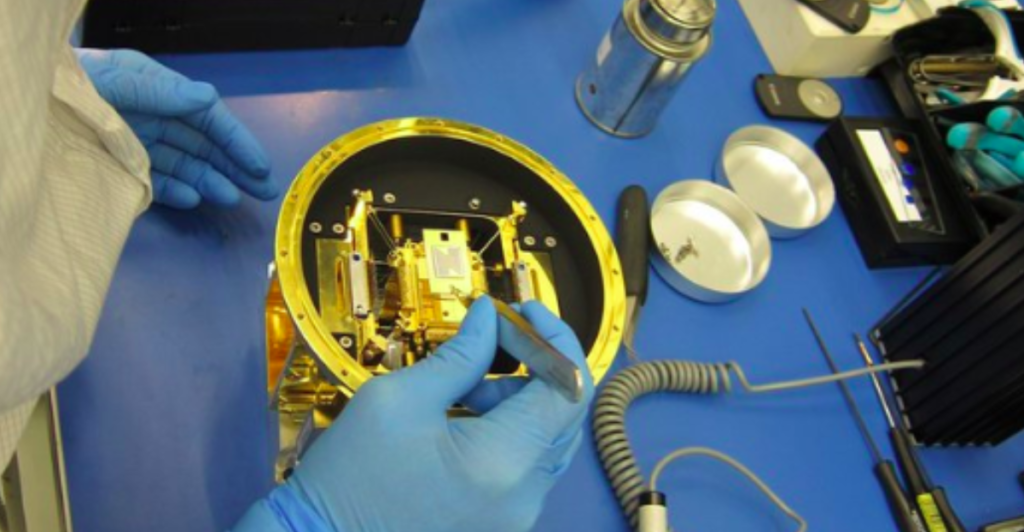
The discovery of microorganisms in asteroid samples has sparked renewed dialogue about contamination risks and the search for extraterrestrial life. While initial excitement over potential alien life was tempered by evidence of terrestrial invaders, this incident highlights critical lessons about scientific rigor and caution in astrobiology. As we continue exploring our solar system, understanding and addressing contamination will remain paramount in distinguishing between earthly microbes and genuine signs of alien life.
Discover more of our trending stories and follow us to keep them appearing in your feed

California Is Breaking Apart: A Fault Line Is Forming Faster Than Anyone Predicted
Philanthropist Promises To Cover $771.23M Annually After US Exit From Climate Accords
The War on Cows Is Over—And Green Extremists Have Lost
After 800 Years of Silence, This American Volcano Shows Signs of Activity
References:
Reference 1
Reference 2
Reference 3
This article first appeared here
Stay connected with us for more stories like this! Follow us to get the latest updates or hit the Follow button at the top of this article, and let us know what you think by leaving your feedback below. We’d love to hear from you!



